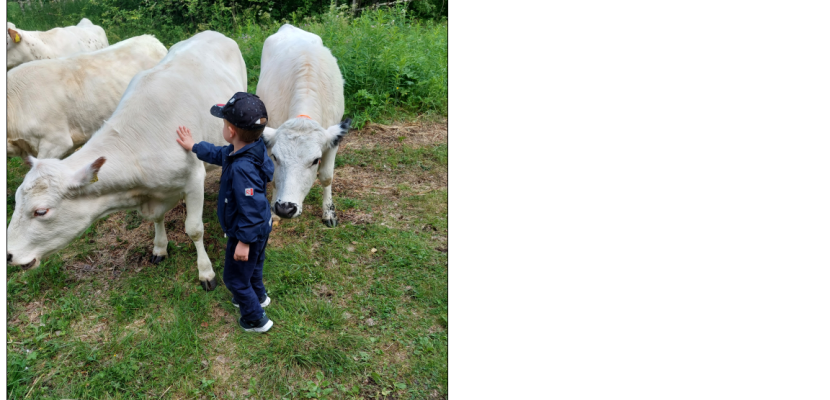
Co-operation in the green industrial city of Kemi - strengthening biodiversity and ecosystems

About this good practice
When City of Kemi started promoting its green and sustainable development, often asked question was: “How can a small city with heavy industry be green?” Answer: Easily with visible co-operation between parties aiming for the same goal. Kemi is situated by the Gulf of Bothnia, Metsä Group’s Kemi mill is surrounded by forest and the Baltic Sea. Between the centre of Kemi and the Metsä Group mill, there is a recreation area, Kiikeli, owned mainly by Metsä Group.
Kiikeli area consists of endangered ecosystems that are now under restoration in co-operation with the main stakeholders: City of Kemi, Metsä Group, Vocational College Lappia, Villi Vyöhyke ry and the local branch of the bird awareness organization BirdLife. Wood is cleared by Kemi with the help of Helmi habitats programme. Environmental group Villi Vyöhyke ry is focusing on innovative solutions for promoting biodiversity by running experimental trials for plants, insects and birds. The local BirdLife helps to understand regional biodiversity needs.
During summers, a herd of Lapland cows has grazed in Kiikeli. The Lapland cow is an endangered species. By grazing, the cows restore the endangered ecosystem. Lappia bears the main responsibility for the cows, but their daily welfare is monitored by “cowboys and -girls”, trained local inhabitants. Cows have made Kiikeli an even more popular recreation area. The goal is to strengthen biodiversity and ecosystems and preserve natural resources for future generations.
Expert opinion
Resources needed
Resources of Kemi, 2 years: ca. ½ man-year of work, financed 80 % by Helmi habitats programme (national funding), total ca. 30 000 e. 15-20 “cowboys and -girls”, volunteer work. Costs of co-operators unknown.
Evidence of success
Kiikeli´s endangered ecosystems are now under restoration: Wood is cleared, innovative solutions for promoting biodiversity by running experimental trials for plants, insects and birds are developed, regional biodiversity needs are clarified: what kind of plants and insects are relevant to the local bird population. By grazing, the Lapland cows restore the endangered ecosystem. Cows and restoration have made Kiikeli an even more popular recreation area. Co-operation and inclusion have increased.
Potential for learning or transfer
Kiikeli has always been a popular recreation area among inhabitants: the nature is beautiful and the area is situated by the sea and near the city center. By means of participatory budgeting city has listened wishes of inhabitants in developing the area. Over the years, a lean-to, a birdwatching tower, ski and nature trails have been built in the area. Because the area has been developed by means of open dialogue and co-operation with inhabitants, they are interested in developing it further, too. The result is a real win-win-win situation for all the participants, especially for the nature.
